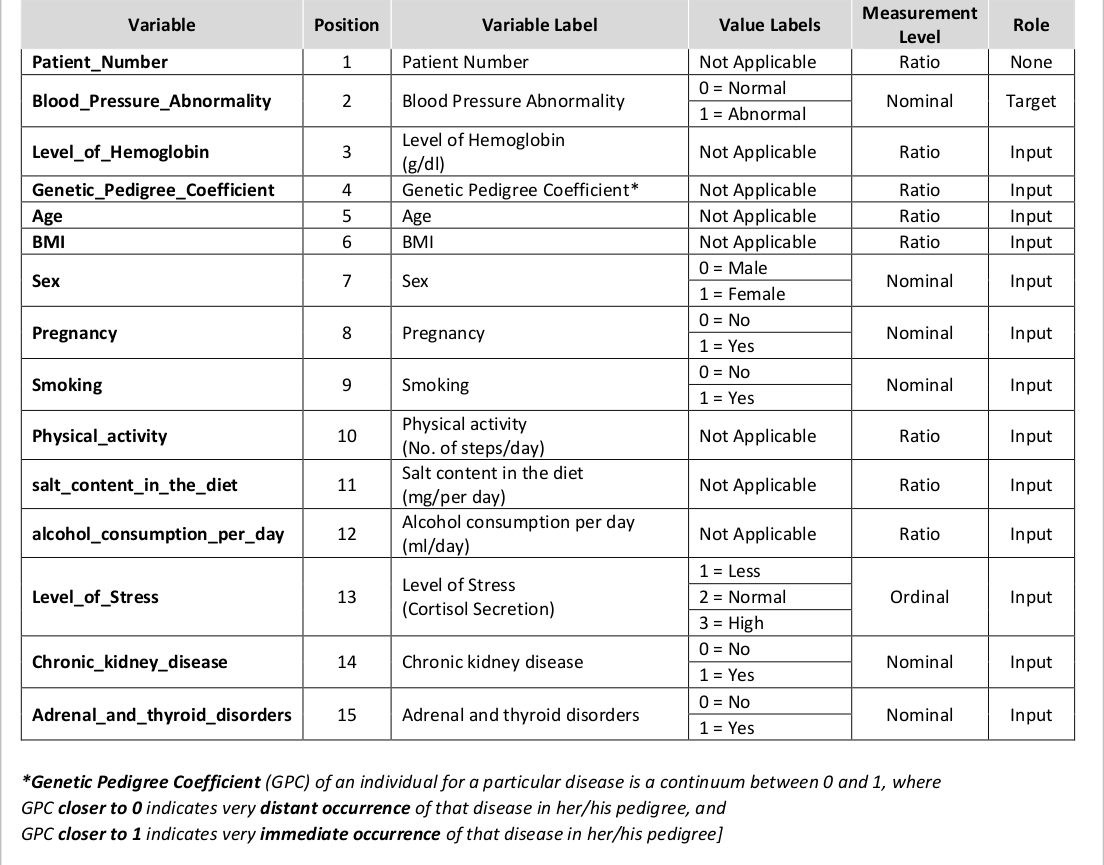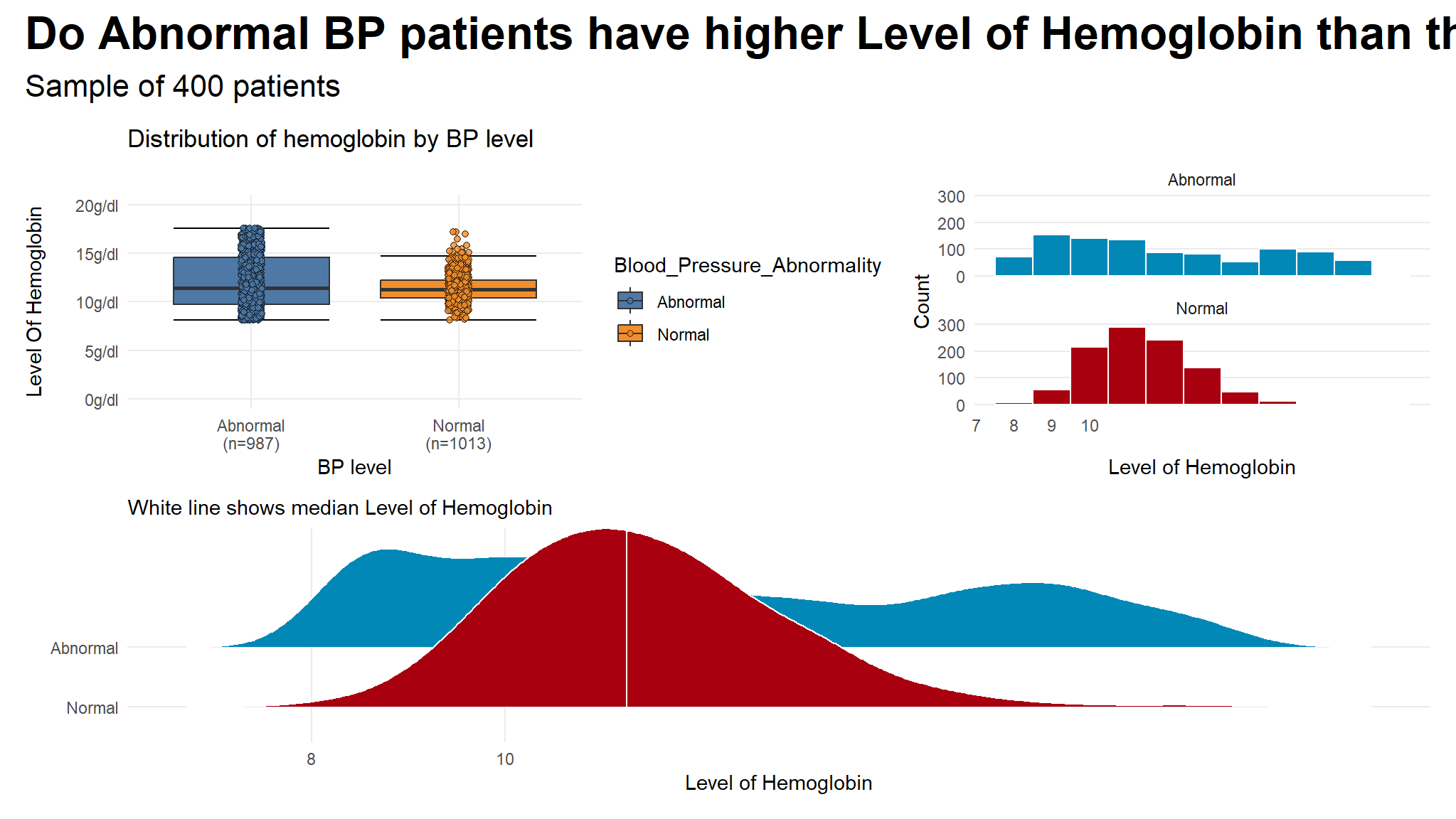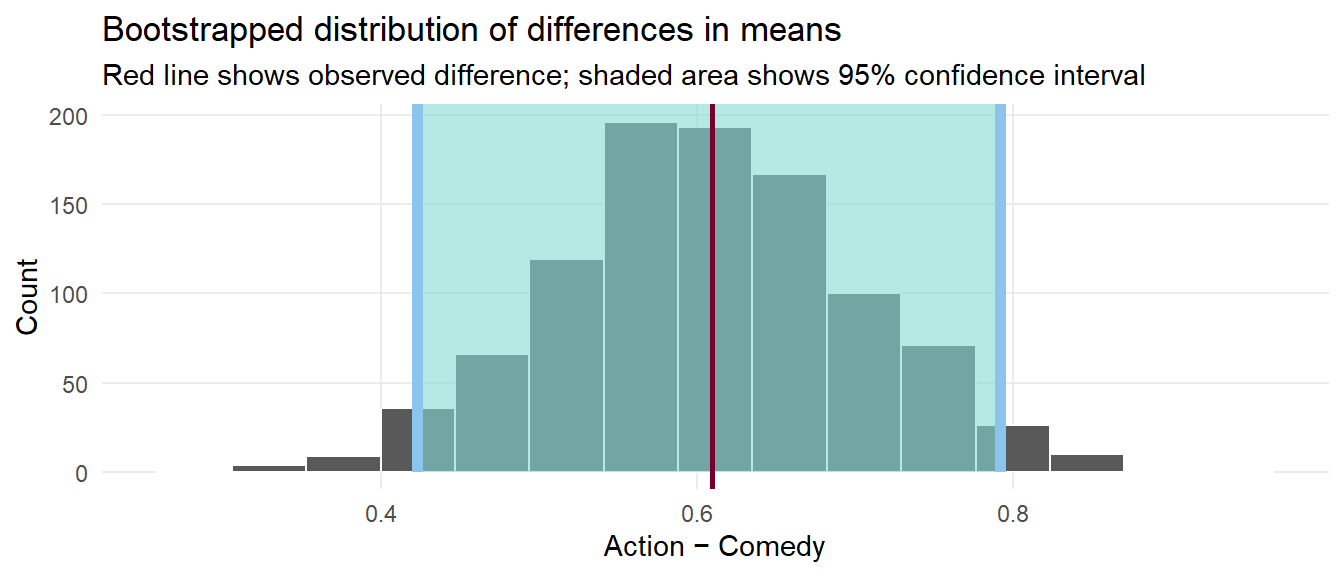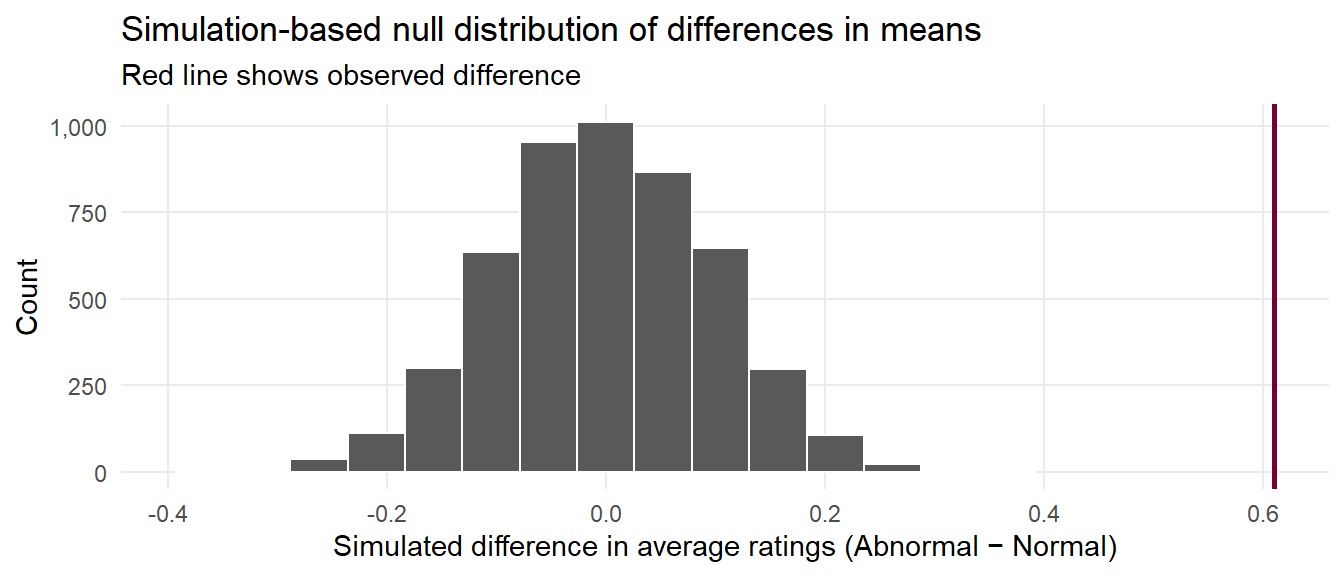options(scipen=999)
## load packages
library(tidyverse)
library(infer)
library(scales) # Nicer formatting for numbers
library(broom) # Convert model results to tidy data frames
library(infer) # Statistical inference with simulation
library(ggridges) # Ridge plots
library(ggstance) # Horizontal pointranges and bars
library(patchwork)
## define custom theme
theme_fancy <- function() {
theme_minimal(base_family = "Asap Condensed") +
theme(panel.grid.minor = element_blank())
}
## load in the dataset
out_new<- vroom::vroom("bloodpressure.csv")Hemoglobin and Blood Pressure in clinical trials -Beyond the t.test
Introduction
In my last linkedin Post I mentioned about how :
- Taking a sample from two groups from a population and seeing if there’s a significant or substantial difference between them is a standard task in statistics.
- Measuring performance on a test before and after some sort of intervention, measuring average GDP in two different continents, measuring average height in two groups of flowers, etc.
- we like to know if any group differences we see are attributable to chance / measurement error, or if they’re real.
In most cases statisticians opt to answer these questions using the
t.test()
load the dataset and package
Data dictionery

recode the dataset
- I once carried out a study using this data on B Ncube Analysis
data_new<- out_new |>
mutate(Blood_Pressure_Abnormality= ifelse(Blood_Pressure_Abnormality==0,"Normal","Abnormal")) |>
mutate(Sex = ifelse(Sex==0,"Male","Female")) |>
mutate(Pregnancy=ifelse(Pregnancy==0,"No","Yes")) |>
mutate(Smoking=ifelse(Smoking==0,"No","Yes")) |>
mutate(Chronic_kidney_disease=ifelse(Chronic_kidney_disease==0,"No","Yes")) |>
mutate(Adrenal_and_thyroid_disorders=ifelse(Adrenal_and_thyroid_disorders==0,"No","Yes")) |>
mutate(Level_of_Stress=case_when(Level_of_Stress==1~"Less",
Level_of_Stress==2~"Normal",
Level_of_Stress==3~"High"))Explanatory Data Analysis
temp.1<-data_new |>
group_by(Blood_Pressure_Abnormality) |>
mutate(x.lab=paste0(Blood_Pressure_Abnormality,
"\n",
"(n=",
n(),
")"))
eda_boxplot <- ggplot(temp.1,
aes(x=x.lab,
y=Level_of_Hemoglobin,
fill=Blood_Pressure_Abnormality))+
geom_boxplot(outlier.shape = NA)+
stat_boxplot(geom="errorbar")+
geom_jitter(aes(fill=Blood_Pressure_Abnormality),
shape=21,
alpha=0.8,
width=0.05)+
scale_y_continuous(limits=c(0,20),
labels=function(x) paste0(
{x/1},"g/dl"))+
ggthemes::scale_fill_tableau()+
ggthemes::theme_pander()+
labs(x="BP level",
y="Level Of Hemoglobin",
title="Distribution of hemoglobin by BP level")+
theme_fancy()
eda_histogram <- ggplot(data_new, aes(x = Level_of_Hemoglobin, fill = Blood_Pressure_Abnormality)) +
geom_histogram(binwidth = 1, color = "white") +
scale_fill_manual(values = c("#0288b7", "#a90010"), guide = FALSE) +
scale_x_continuous(breaks = seq(1, 10, 1)) +
labs(y = "Count", x = "Level of Hemoglobin") +
facet_wrap(~ Blood_Pressure_Abnormality, nrow = 2) +
theme_fancy() +
theme(panel.grid.major.x = element_blank())
eda_ridges <- ggplot(data_new, aes(x = Level_of_Hemoglobin, y = fct_rev(Blood_Pressure_Abnormality), fill = Blood_Pressure_Abnormality)) +
stat_density_ridges(quantile_lines = TRUE, quantiles = 2, scale = 3, color = "white") +
scale_fill_manual(values = c("#0288b7", "#a90010"), guide = FALSE) +
scale_x_continuous(breaks = seq(0, 10, 2)) +
labs(x = "Level of Hemoglobin", y = NULL,
subtitle = "White line shows median Level of Hemoglobin") +
theme_fancy()
(eda_boxplot | eda_histogram) /
eda_ridges +
plot_annotation(title = "Do Abnormal BP patients have higher Level of Hemoglobin than those with Normal Blood pressure?",
subtitle = "Sample of 400 patients",
theme = theme(text = element_text(family = "Asap Condensed"),
plot.title = element_text(face = "bold",
size = rel(1.5))))
- the plots suggest that there is some observable differences in hemoglogin between the two groups
- but visuals alone are not enough to give a clear picture of the data
Run a t.test assuming equal variances.
# Assume equal variances
t_test_eq <- t.test(Level_of_Hemoglobin ~ Blood_Pressure_Abnormality, data = data_new, var.equal = TRUE)
t_test_eq
#>
#> Two Sample t-test
#>
#> data: Level_of_Hemoglobin by Blood_Pressure_Abnormality
#> t = 6.2965, df = 1998, p-value = 0.0000000003733
#> alternative hypothesis: true difference in means between group Abnormal and group Normal is not equal to 0
#> 95 percent confidence interval:
#> 0.4199599 0.7999081
#> sample estimates:
#> mean in group Abnormal mean in group Normal
#> 12.01897 11.40903SIDENOTE 🚗 The default output is helpful—the p-value is really tiny (p<0.001), which means there’s a tiny chance that we’d see a difference that big in group means in a world where there’s no difference
but there is some drawbacks with this
- there are some assumptions that need to be met for the t.test to work
- some the more general assumptions are **equality of variances* and normality of data
testing for assumptions
For all these tests, the null hypothesis is that the two groups have similar (homogeneous) variances. If the p-value is less than 0.05, we can assume that they have unequal or heterogeneous variances.
- Bartlett test: Check homogeneity of variances based on the mean
bartlett.test(Level_of_Hemoglobin ~ Blood_Pressure_Abnormality, data = data_new)
#>
#> Bartlett test of homogeneity of variances
#>
#> data: Level_of_Hemoglobin by Blood_Pressure_Abnormality
#> Bartlett's K-squared = 452.93, df = 1, p-value < 0.00000000000000022- Levene test: Check homogeneity of variances based on the median, so it’s more robust to outliers
# Install the car package first
car::leveneTest(Level_of_Hemoglobin ~ Blood_Pressure_Abnormality, data = data_new)
#> Levene's Test for Homogeneity of Variance (center = median)
#> Df F value Pr(>F)
#> group 1 540.2 < 0.00000000000000022 ***
#> 1998
#> ---
#> Signif. codes: 0 '***' 0.001 '**' 0.01 '*' 0.05 '.' 0.1 ' ' 1- Fligner-Killeen test: Check homogeneity of variances based on the median, so it’s more robust to outliers
fligner.test(Level_of_Hemoglobin ~ Blood_Pressure_Abnormality, data = data_new)
#>
#> Fligner-Killeen test of homogeneity of variances
#>
#> data: Level_of_Hemoglobin by Blood_Pressure_Abnormality
#> Fligner-Killeen:med chi-squared = 415.5, df = 1, p-value <
#> 0.00000000000000022- Kruskal-Wallis test: Check homogeneity of distributions nonparametrically
kruskal.test(Level_of_Hemoglobin ~ Blood_Pressure_Abnormality, data = data_new)
#>
#> Kruskal-Wallis rank sum test
#>
#> data: Level_of_Hemoglobin by Blood_Pressure_Abnormality
#> Kruskal-Wallis chi-squared = 4.9122, df = 1, p-value = 0.02667Simulation-based tests
Instead of dealing with all the assumptions of the data and finding the exact statistical test we can use the power of bootstrapping, permutation, and simulation to construct a null distribution and calculate confidence intervals.
Step 1
# Calculate the difference in means
diff_means <- data_new %>%
specify(Level_of_Hemoglobin ~ Blood_Pressure_Abnormality) %>%
calculate("diff in means", order = c("Abnormal", "Normal"))
diff_means
#> Response: Level_of_Hemoglobin (numeric)
#> Explanatory: Blood_Pressure_Abnormality (factor)
#> # A tibble: 1 × 1
#> stat
#> <dbl>
#> 1 0.610Step 2
boot_means <- data_new %>%
specify(Level_of_Hemoglobin ~ Blood_Pressure_Abnormality) %>%
generate(reps = 1000, type = "bootstrap") %>%
calculate("diff in means", order = c("Abnormal", "Normal"))
boostrapped_confint <- boot_means %>% get_confidence_interval()
boot_means %>%
visualize() +
shade_confidence_interval(boostrapped_confint,
color = "#8bc5ed", fill = "#85d9d2") +
geom_vline(xintercept = diff_means$stat, size = 1, color = "#77002c") +
labs(title = "Bootstrapped distribution of differences in means",
x = "Action − Comedy", y = "Count",
subtitle = "Red line shows observed difference; shaded area shows 95% confidence interval") +
theme_fancy()
We have a simulation-based confidence interval, and it doesn’t contain zero, so we can have some confidence that there’s a real difference between the two groups.
Step 3
# Step 2: Invent a world where δ is null
genre_diffs_null <- data_new %>%
specify(Level_of_Hemoglobin ~ Blood_Pressure_Abnormality) %>%
hypothesize(null = "independence") %>%
generate(reps = 5000, type = "permute") %>%
calculate("diff in means", order = c("Abnormal", "Normal"))
# Step 3: Put actual observed δ in the null world and see if it fits
genre_diffs_null %>%
visualize() +
geom_vline(xintercept = diff_means$stat, size = 1, color = "#77002c") +
scale_y_continuous(labels = comma) +
labs(x = "Simulated difference in average ratings (Abnormal − Normal)",
y = "Count",
title = "Simulation-based null distribution of differences in means",
subtitle = "Red line shows observed difference") +
theme_fancy()
That red line is pretty far to the left and seems like it wouldn’t fit very well in a world where there’s no actual difference between the groups. We can calculate the probability of seeing that red line in a null world (step 4) with get_p_value() (and we can use the cool new pvalue() function in the scales library to format it as < 0.001):
Step 4
# Step 4: Calculate probability that observed δ could exist in null world
genre_diffs_null %>%
get_p_value(obs_stat = diff_means, direction = "both") %>%
mutate(p_value_clean = pvalue(p_value))
#> # A tibble: 1 × 2
#> p_value p_value_clean
#> <dbl> <chr>
#> 1 0 <0.001